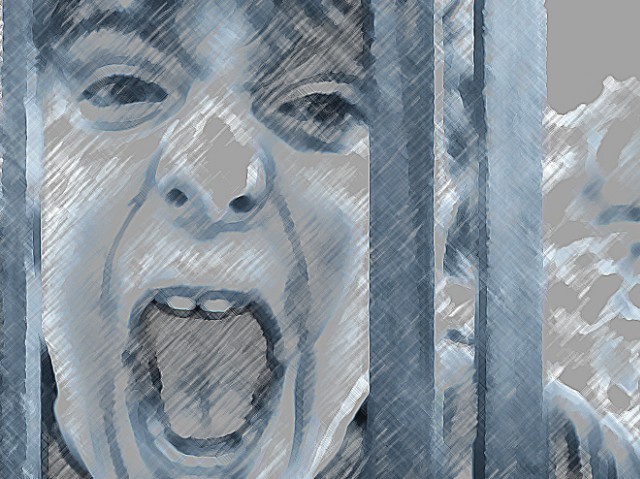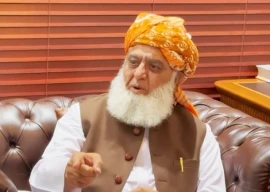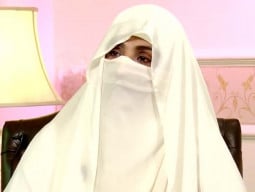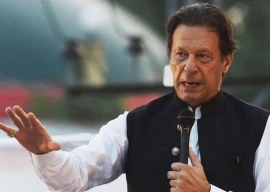

“He started looking frail, dropping weight, didn’t want to go to school, stopped eating properly and just wouldn’t leave my side. I couldn’t understand what was going on,” she explained.
It wasn’t until a few weeks later that Sadia finally learned why her son had become barely a shadow of his cheerful, outgoing self.
“Our driver had been molesting him,” she said, nearly choking on her tears.
The ugly truth: Opening the secret of child sexual abuse in the aftermath of Kasur incident
It was cruel to continue asking questions but after a brief silence she regained her composure and offered advice to parents, especially of young children, “Don’t trust your children with anyone. Not even some of your most trusted people.”
Another brief pause later she added, “I didn’t protect my boy.”
Sadia’s story isn’t the exception we would like to believe it is. In fact, according to Sahil, an organisation working against child sexual abuse, nearly 40% of all child abuse cases are recorded in urban centres and around 60% of them involve domestic staff as perpetrators.
Other disturbing statistics compiled by the NGO reveal at least 10 children were sexually abused in 2014 per day, up by 17% from the previous year. The total number of children reporting sexual abuse in 2014 was 3,508.
Meanwhile, Madadgar National Online’s research state the number of children subjected to abuse in 2014 as 5,319. It is important to mention that Madadgar’s statistics include reports of other types of abuse, such as forced marriages, missing children and trafficking, as well.
But the debate should not be based on how many children suffered abuse rather why even one child is left unprotected to be subjected to it.


As a nation, Pakistan has not paid nearly enough attention to dealing with the issue. Meanwhile, thousands of innocent lives have fallen prey to various types of abuse -- including physical, psychological and even sexual.
Case in point: Kasur.
National apathy is neither suppressing nor solving the matter; rather, it’s making abusers more confident as they roam unchallenged and worse, unpunished.
The ugly truth: Opening the secret of child sexual abuse in the aftermath of Kasur incident
There are several organisations who work to protect children, create awareness about the issue, offer sensitivity training and counseling but there is still a great deal more to be achieved.

One way of approaching the issue is if medical professionals, especially in the private sector, were empowered to investigate further when suspecting abuse. Such a move could make significant strides in catching abuse at the onset and collecting evidence to ensure perpetrators are punished.
But there are limitations with this approach as well.
“Child abuse is significantly under-diagnosed. Part of the problem is the poor skill level in diagnosing the abuse,” says Dr Junaid Razzak, who is a Professor of Emergency Medicine at Johns Hopkins University School of Medicine and the former head of the Department of Emergency Medicine at Aga Khan University Hospital.
He adds, “Child abuse is a medical diagnosis and not just a social issue.”

On the flipside in the absence of a government system that provides quick response to the condition and safety of a child, diagnosing and documenting child abuse seems a fruitless task to medical staff. “Nothing will come of it,” shared a doctor working in the emergency department at a private hospital in Karachi.
Requesting anonymity given the sensitivity of the issue, the doctor said, “Parents tend to get annoyed with us when we want to investigate further.”
Kasur child abuse case: Police ineptitude amounts to criminal negligence: NCHR
A common example is when a child visiting the ER has bruises of various ages on their body. “If we ask too many questions or even point out the old bruises and fractures, they become defensive; some may even take the children away,” the doctor adds.

In Sadia’s case, nearly three weeks went by before a physician suggested investigating for sexual molestation and though she was initially appalled and apprehensive, she didn’t want the risk refusing.
“Of course, I was initially offended,” she replied immediately when asked about her reaction to the doctor’s suggestion. She went on to explain, “It wasn’t easy to grasp what the doctor was saying but I thought of how my son’s health was deteriorating and went ahead with it.”
Dr Asad Iqbal Mian, works in paediatric emergency at AKU and moved to Karachi a couple of years ago from Houston. He shares his experiences:
“Parents are unable to fathom their child has been abused. But in the few times that I have delved into the subject they (parents) haven’t left the ER. I think parents are willing to listen, even be counselled. And if they suspect (abuse) then perhaps they are likely to be more grateful that the medical team approached the topic with them.”
Physical cuts, bruises and fractures are one indication but emergency departments aren’t the only place to look out for signs of abuse.
Dr Asma Qureshi, who is a consultant dermatologist and cosmetologist, says, “In some cases when children are suffering abuse, it manifests through their skin in the form of acne.”
She further explains, “Of course, that is not true for all children suffering acne but a skin condition combined with a sudden change in behaviour is certainly worth investigating further.”
There are other cases in which children may inflict pain on themselves as a cry for help.
According to a study -- scheduled to be published in BMC Emergency Medicine by December 2015 -- titled ‘Uncovering the burden of intentional injuries’, the boy to girl ratios are 1:0.29 in assault injuries and 1:0.46 for self- inflicted injuries.
Among boys, highest number of assaults and self- inflicted injuries occurred in the older age group (15 to 17 years). Similarly self-inflicted injuries among girls were common in between the ages of 15 and 17, while assaults on girls were more common in the 10 to 14 years age group.
When discussing the main reasons behind self-inflicted injuries, psychological trauma, attention seeking due to neglect, and physical manifestation of other types of abuse are considered most plausible answers, says Dr Farah Iqbal, who is a professor in the Department of Psychology at the University of Karachi.

“The problem in Pakistan is hardly ever with the lack of laws; rather, it’s their implementation that needs serious focus,” says Dr Iqbal, who also works as a consultant for the United Nations on the subject of child abuse.
Sobia Butt is a Lahore High Court advocate and the regional head for the Punjab division of Madadgar. According to Butt, political will on the issue is compulsory if the formation of a fully active and functional authority protecting children is to be formed.
Dr Iqbal had worked on studies which helped draft the 2011 law on child abuse but she laments training to sensitise professionals working with children in the medical and social sector is still lacking.
Butt suggests mandatory sensitivity training for young medical students as part of their programme. Another idea is to conduct training sessions in schools for teachers and students by social workers to create awareness on the issue.
It isn’t one child or one family being affected by abuse, the cycle is vicious and if not broken, may lead to many victims becoming perpetrators in the future.
1724760612-0/Untitled-design-(12)1724760612-0-405x300.webp)
















COMMENTS (6)
Comments are moderated and generally will be posted if they are on-topic and not abusive.
For more information, please see our Comments FAQ